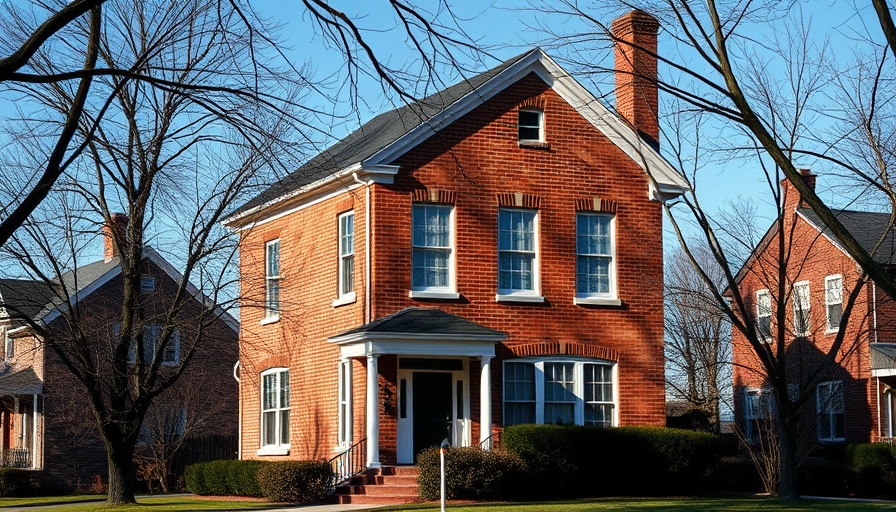
The Necessity of Ventilation for Induction Cooktops
Induction cooktops have recently gained immense popularity due to their efficiency and safety. Unlike traditional gas or electric stoves, they heat the cookware directly through electromagnetic fields, resulting in less ambient heat in the kitchen. However, even though many manufacturers claim that the need for a range hood is minimal with induction cooking, there remain several compelling reasons to consider ventilation.
Understanding Emissions and Indoor Air Quality
While induction cooktops do not emit toxic fumes like carbon monoxide produced by gas cooking, they can still contribute to grease and odor buildup in the kitchen. Proper ventilation helps maintain indoor air quality by minimizing the accumulation of cooking odors, moisture, and heat. It's crucial to recognize that good airflow positively affects not just comfort but also the health of individuals with respiratory issues.
Debunking Myths About Range Hoods
There's a prevailing notion that range hoods are unnecessary for induction cooking. This perspective often arises from the common belief that since induction cooktops produce less heat, there's less need for a range hood. However, as noted in articles from Artistic Alloys and Houzz, a well-installed and efficient range hood plays a pivotal role in removing residual grease and odors that linger after cooking, thereby enhancing both safety and cleanliness.
Addressing Financial and Aesthetic Concerns
Many homeowners grapple with the costs associated with installing a range hood, especially if their kitchen layout seems to embellish the space. However, modern designs have made it easier to incorporate ventilation solutions that complement, rather than detract from, kitchen aesthetics. Custom options can be fabricated to fit various styles, ensuring that ventilation serves both functional and decorative purposes.
Common Solutions and Alternatives
If traditional range hoods feel out of place, there are alternatives worth considering. For instance, ceiling fans or smaller exhaust fans can serve as effective ways to manage lingering odors during cooking sessions, especially within an open floor plan. These alternatives can be both stylish and unobtrusive, maintaining the design integrity of the household while still providing adequate ventilation.
Statistical Insights on Indoor Air Quality
Research indicates that kitchens without proper ventilation can experience elevated levels of indoor pollutants. According to studies, poor indoor air quality can lead to various health issues over time, including respiratory problems. Installing an effective ventilation system can drastically improve air quality, lower moisture levels, and reduce the risk of grease fires, which is particularly concerning in high-cooking environments.
Conclusion: An Informed Decision
While the decision to install a range hood with an induction cooktop is not universally fixed, weighing the pros and cons—from health impacts to aesthetic concerns—can guide homeowners toward making informed choices. Regardless of the cooking method, effective ventilation can enhance not only the cooking experience but also the overall comfort and safety of the home.
 Add Row
Add Row  Add
Add 






Write A Comment